Things You'll Need
- Medical practice's balance sheet as of the valuation date
- Medical practice's historical income statements for the past three years
- Calculator
Calculate Fair Market Value
- Determine the date to be used for the valuation of the practice. If the valuation is being prepared for a divorce, shareholder dispute or bankruptcy, the court will set the valuation date.
- Determine whether adjustments need to be made to the amounts reported on the practice's balance sheet. For example, accounts receivable may include bad debt that must be written off. If the practice owns the building where it is located, a real estate appraiser must appraise the building to ascertain its current market value. An adjustment will then need to be made to show the building at market value instead of book value, which is the purchase price minus depreciation. Verify that all liabilities are accurately reported on the balance sheet. If there are loans or notes payable among the liabilities, record them at the outstanding principal balance as of the valuation date.
- Calculate the value of the practice's net tangible assets by subtracting the total adjusted liabilities from the total adjusted assets as of the valuation date.
- Determine the practice's normalized cash flow using the historical income statements. For each year, add back in officers' compensation, nonrecurring expenses, depreciation and noncompulsory expenses. Calculate the average normalized cash flow and determine whether the result is reasonable based on the practice's performance.
- Subtract reasonable officers' compensation from the average normalized cash flow determined in Step 4. Reasonable officers' compensation can be found by searching databases online or researching medical journal studies. This figure represents the practice's normalized cash flow after officers' compensation.
- Calculate the reasonable return on net tangible assets. To do this, multiply the net tangible assets calculated in Step 3 by the rate of return associated with those assets. A good rule of thumb is the rate at which the practice borrows from banks.
- Subtract the return on net tangible assets calculated in Step 6 from the normalized cash flow calculated in Step 5. This represents pre-tax excess earnings.
- Multiply the pre-tax excess earnings found in Step 7 by 40 percent to calculate the practice's after-tax excess earnings.
- Calculate the good will of the practice by multiplying the practice's after-tax excess earnings by the appropriate multiple. For medical practices, the multiple can range anywhere from 1.0 to 5.0, depending on the revenues of the practice, the number of physicians and the annual net profit generated. The greater these factors, the greater the multiple should be. For example, a practice with revenues of $5 million, generating profit of $1.5 million (30 percent of revenue) that has five doctors on staff will use a greater multiple than a practice with revenues of $650,000, generating profit of $150,000 (23 percent of revenues) that has two doctors on staff.
- Add the good will calculated in Step 9 and the net tangible assets calculated in Step 3. This represents the fair market value of the medical practice as of the valuation date, before discounts or premiums.
- Determine whether discounts are necessary in the valuation. Discounts can include the key man discount, discount for lack of control and discount for lack of marketability. Discounts require many hours of study to understand and apply correctly, and each discount should be supported by data recognized by local and national courts.
For Your Practice
 |  |
$4.50 - Thank You Note Cards
see on 2 styles
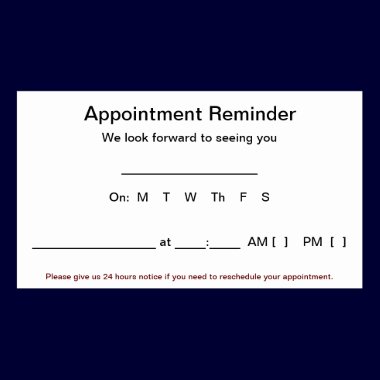


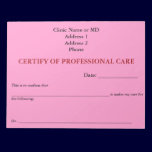
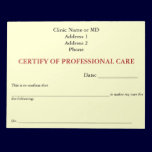
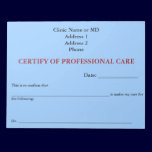





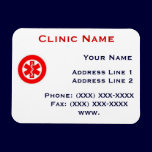
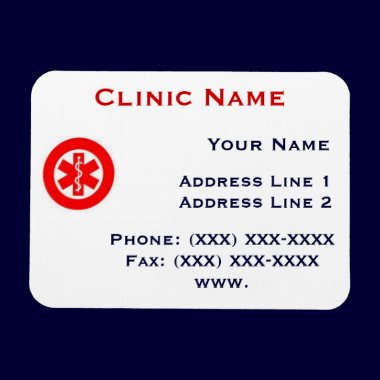
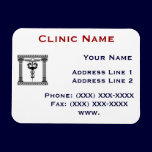

















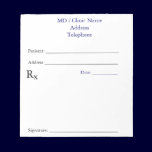
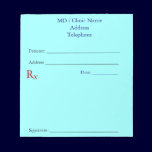
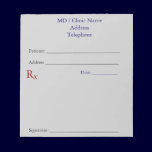
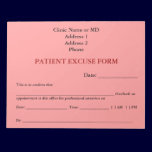
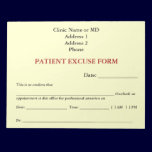


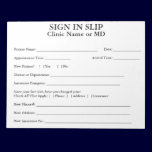
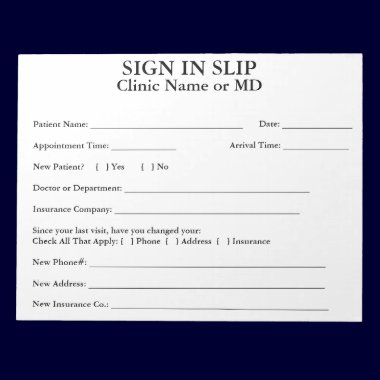
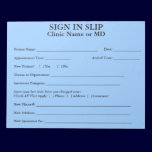





No comments:
Post a Comment